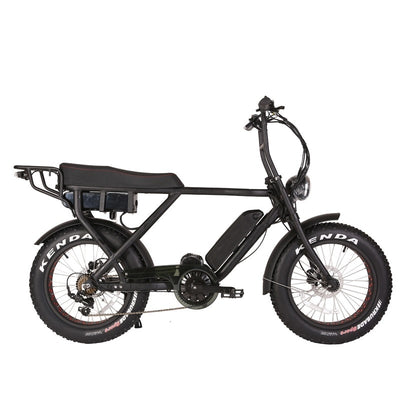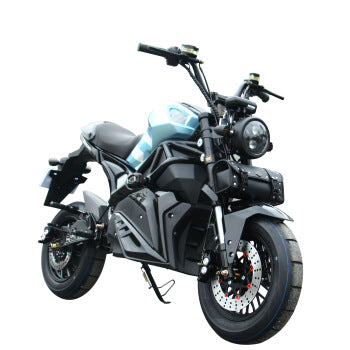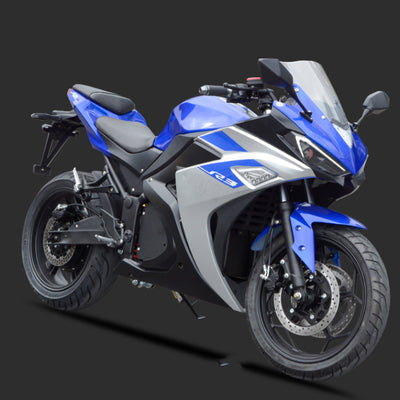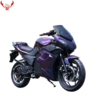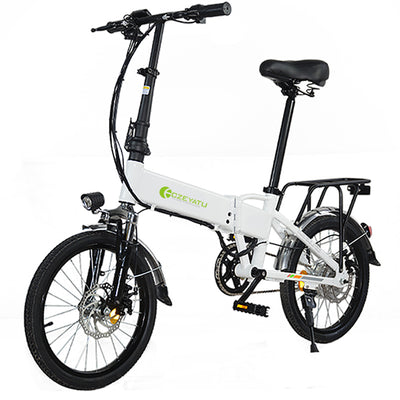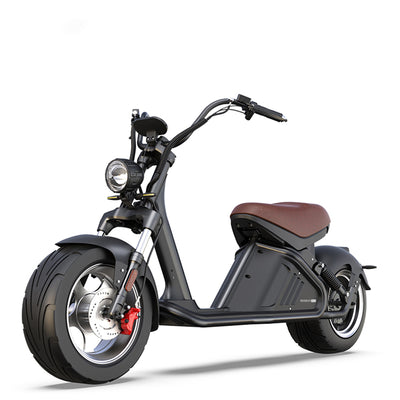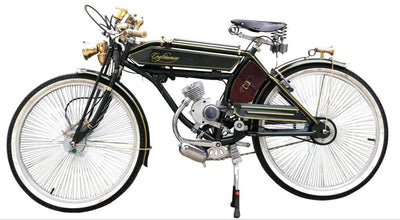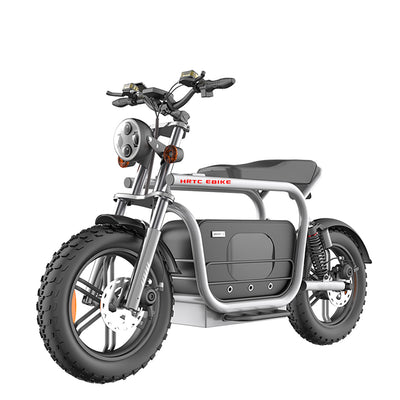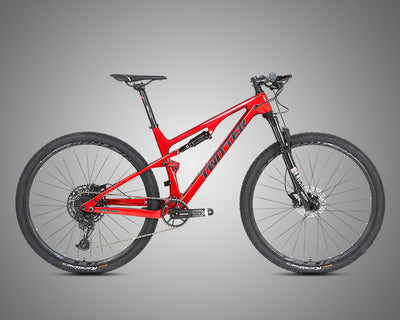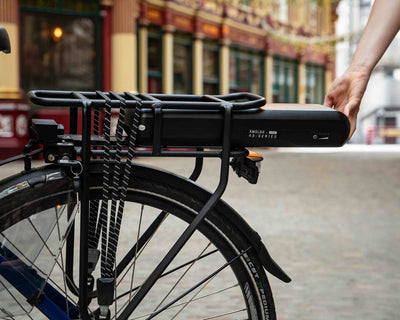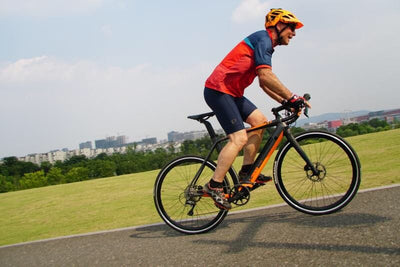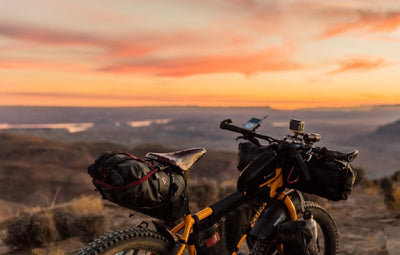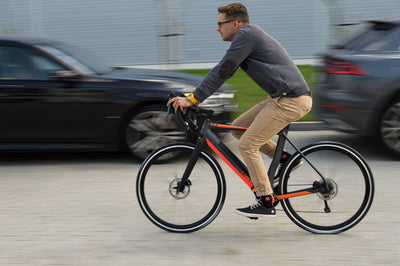WHAT IS GEAR SHIFTING IN BICYCLE? A DETAILED GUIDE FOR YOU!
Posted by Tom Lee on
To many people, the concept of gear shifting on a bicycle can be confusing, and you may choose not to use it. When riding a bicycle, you may feel that you can't ride fast if you pedal very hard, while sometimes you can ride a long distance with a light pedal. It's because you haven't mastered how to shift gears.
KNOW YOUR GEAR
If you don't know how many gears your bike has, what gears you need, or even how to use them properly, don't worry, you're not alone. Let's demystify derailleurs and sprockets and explain why gear shifting in bicycles is essential.
Why equips gear? Simply put, gears allow us to maintain a comfortable pedaling speed or cadence, no matter the gradient or terrain, which no single gear can do.
High gear is the best choice when descending or driving at high speed. A bike's tallest or largest cog is achieved by combining the largest front sprocket size with the smallest rear cog or sprocket. Vice versa, connecting the smallest front sprocket size with the largest rear sprocket size results in the lowest available gear, which will help keep the pedals spinning when the road is pointing sharply upwards.
KNOW YOUR SHIFTERS
At present, most bicycles have two sets of gear systems. Generally, the transmission of mountain bikes is divided into two parts. The left-hand shifter controls the front gear, and the right-hand shifter controls the rear gear.
COMMUTER BIKE SHIFTER
Commuter bicycles generally use a lever-type transmission, and the general speed is between 6-7 speeds (the internal shift handle is generally a three-speed handle). There are two varieties of positioning and non-positioning shifters. The positioning sifter means that when the handle is rotated, it will change to the next gear; the non-positioning shifter means manual rotation is required to adjust the effect of the shifting when turning the derailleur.
MTB DERAILLEUR SHIFTER
There are two types of shifters for mountain bikes: split shifters and one-piece shifters.
The essential difference between the two is whether the brake lever is included. Compared with commuter bikes, the shifters of a mountain bike are more precise and more manageable.
ROAD BIKE SHIFTER
The shifter of a road bicycle is a handbrake-integrated shifter, which is commonly used by the public. However, for each brand, there will be some differences in the manual operation. For example, the forward and reverse shifters of the Shimano Road bike are two levers controlled separately, while that of the SRAM road bike is one integrated lever.
WHEN TO SHIFT
When riding on different road conditions, timely adjusting the variable-speed bicycle gear to meet the riding needs will make the cyclist feel very different and fun. But before you start riding, you should understand the correct operation of gear shifting in a bicycle.
Beginners often change gears immediately when they see a big slope and use a smaller gear ratio, which leads to a sudden increase in frequency. When the muscles are not adapted, they will immediately feel muscle fatigue, and the low gear ratio will lead to an immediate drop in speed. So, the correct climbing gear shifting is to change the pace when you reach half the slope, and the adjustment range is generally 2 to 3 gears at a time, depending on the specific slope change.
1, FLAT ROAD
On a flat road, it’s better to take a small chainring on the front gear, with the rear chainring of 17 to 21. If the riding is downwind, the rider can adjust the front to a larger chainring, and the rear chainring can be adjusted according to yourself to achieve the effect of high-speed cruising.
2, UPHILL
Since it will increase the burden on the legs of the rider when stepping on the uphill section, the resistance of the legs will be too large. At this time, the rear gear should be adjusted. The gear can be adjusted gradually to the most suitable one.
On a continuous uphill section of riding, the rider should change gears according to the terrain. Usually, the front chainring is adjusted to a small one, while the rear chainring should be constantly changed to match the rapidly changing terrain conditions.
3, DOWNHILL
When going downhill, the first principle should be to maintain an average pedaling efficiency and avoid affecting the vehicles behind. The front chainring can be adjusted to a large chain, and the rear chainring can be gradually lowered. If you want to be fast and don't adjust in time, it may lead to a severe accident when there is an unexpected situation or a sharp bend
- Tags: aliexpress electric bike


